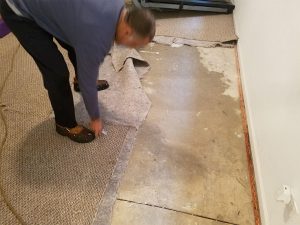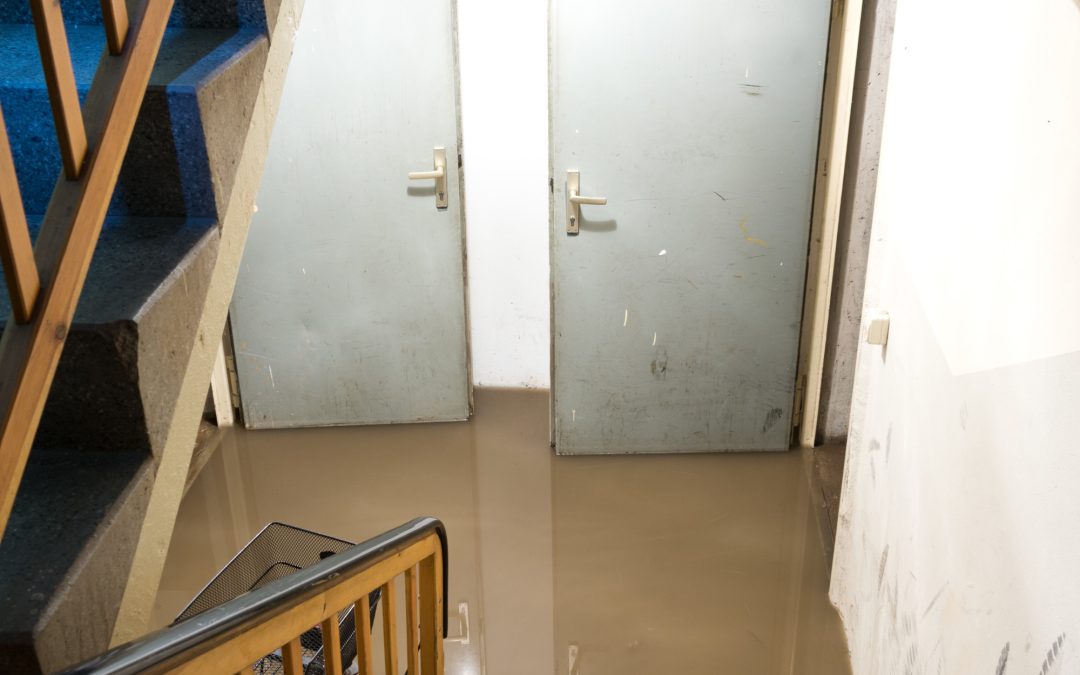Things to Consider in Choosing the Right Water Damage Restoration Company
Water damage can wreak havoc on your property, whether it’s from a burst pipe, flooding, or a leaking roof. When disaster strikes, finding the right water damage restoration company is crucial to minimize the damage and restore your home or business to its pre-loss condition. With numerous companies offering restoration services, it’s essential to consider several factors to ensure you choose the right one for your needs.
24/7 Emergency Services
Emergencies don’t wait for convenient times to occur. Look for a water damage restoration company that offers 24/7 emergency services. A rapid response is critical to prevent further damage and mold growth. Companies that prioritize emergency calls demonstrate their commitment to customer service and readiness to assist you when you need it most.
Certifications and Training
Verify that the restoration company holds proper certifications and has trained technicians. Look for certifications from reputable organizations such as the Institute of Inspection Cleaning and Restoration Certification (IICRC). Certified technicians have undergone rigorous training and adhere to industry standards, ensuring that they employ effective restoration techniques and use state-of-the-art equipment.

Choosing The Right Water Damage Restoration Company: Factors to Consider
Experience and Reputation
Experience speaks volumes in the restoration industry. Choose a company with a proven track record of successfully handling water damage restoration projects. Check online reviews, testimonials, and ask for references from past clients. A company with a positive reputation and extensive experience is more likely to deliver quality results and provide reliable service throughout the restoration process.
Comprehensive Services
Comprehensive water damage restoration services encompass a range of tasks aimed at mitigating damage, restoring affected areas, and preventing future issues. Here is a list of comprehensive services typically offered by water damage restoration companies:
- Emergency Response: Immediate response to water damage incidents, including 24/7 availability for emergencies.
- Water Extraction: Removal of standing water using pumps, vacuums, and other specialized equipment.
- Moisture Detection and Assessment: Utilization of moisture meters and thermal imaging cameras to detect hidden moisture and assess the extent of water damage.
- Drying and Dehumidification: Deployment of industrial-grade dehumidifiers, air movers, and drying equipment to dry out affected areas and prevent mold growth.
- Structural Drying and Repair: Drying and restoration of structural components such as walls, floors, ceilings, and wooden structures.
- Content Cleanup and Restoration: Cleaning, sanitizing, and restoring water-damaged personal belongings, furniture, and other contents.
- Mold Remediation: Identification, containment, and removal of mold growth resulting from water damage.
- Odor Removal and Deodorization: Elimination of musty odors and deodorization of affected areas using specialized techniques and equipment.
- Carpet and Upholstery Cleaning: Deep cleaning and restoration of water-damaged carpets, rugs, and upholstery.
- Air Quality Testing: Assessment of indoor air quality to ensure that the environment is safe and healthy following water damage restoration.
- Structural Repairs and Reconstruction: Reconstruction of damaged structures, including drywall replacement, flooring installation, and structural repairs.
- Document and Data Recovery: Restoration of water-damaged documents, records, and electronic data through specialized drying and recovery techniques.
- Insurance Claims Assistance: Assistance with filing insurance claims, documentation, and communication with insurance adjusters to expedite the claims process.
- Preventive Measures and Recommendations: Providing recommendations and implementing preventive measures to reduce the risk of future water damage incidents, such as waterproofing, plumbing repairs, and drainage improvements.
Insurance and Licensing
Ensure that the water damage restoration company is properly licensed and carries adequate insurance coverage. Licensed professionals adhere to local regulations and building codes, providing peace of mind that the work will be conducted safely and legally. Additionally, verify that the company carries liability insurance and workers’ compensation insurance to protect you and their employees in case of accidents or property damage during the restoration process.
Transparent Pricing and Estimates
Request detailed estimates from multiple restoration companies and compare their pricing and services. Beware of companies that provide vague or overly low estimates, as they may tack on additional charges once the work begins. Choose a company that offers transparent pricing and clearly outlines the scope of work, potential expenses, and any additional fees upfront. Clear communication regarding pricing and expectations helps prevent misunderstandings and ensures that you receive the best value for your investment.
Response Time and Equipment
In addition to a rapid response, consider the company’s availability of equipment and resources. Modern water damage restoration requires specialized equipment such as moisture meters, dehumidifiers, air movers, and thermal imaging cameras. A reputable company should have access to advanced equipment and utilize industry-leading techniques to expedite the restoration process and minimize downtime.
Environmental Considerations
When conducting water damage restoration, it’s important to consider environmental factors to ensure the safety of occupants and minimize negative impacts on the environment. Here’s a list of environmental considerations for water damage restoration:
- Use of Eco-Friendly Products: Choose cleaning and restoration products that are environmentally friendly and non-toxic to minimize harm to the ecosystem and indoor air quality.
- Proper Disposal of Contaminated Materials: Dispose of water-damaged materials, including carpets, insulation, and drywall, in accordance with local regulations and environmental guidelines to prevent contamination of soil and water sources.
- Prevention of Mold Growth: Implement strategies to prevent mold growth and proliferation, as mold can pose health risks to occupants and contribute to indoor air pollution.
- Efficient Water Extraction and Drying Techniques: Use efficient water extraction and drying techniques to minimize water consumption and energy usage during the restoration process.
- Prevention of Cross-Contamination: Take precautions to prevent cross-contamination of unaffected areas with waterborne contaminants or mold spores during the restoration process.
- Proper Ventilation and Air Quality Control: Ensure adequate ventilation and air quality control measures are in place to remove excess moisture, airborne contaminants, and odors from the indoor environment.
- Energy Efficiency: Utilize energy-efficient equipment and technologies for water extraction, drying, and dehumidification to minimize energy consumption and reduce carbon footprint.
- Water Conservation: Implement water conservation measures during the restoration process, such as recycling extracted water for non-potable uses or utilizing water-efficient equipment.
- Sustainable Practices: Incorporate sustainable practices into the restoration process, such as recycling materials, minimizing waste generation, and utilizing renewable resources whenever possible.
- Compliance with Environmental Regulations: Ensure compliance with local, state, and federal environmental regulations and guidelines governing water damage restoration activities, including proper waste disposal, hazardous materials handling, and pollution prevention measures.
- Education and Awareness: Educate restoration technicians and occupants about the environmental impacts of water damage and the importance of sustainable restoration practices to foster environmental awareness and responsibility.
- Continuous Improvement: Continuously evaluate and improve environmental management practices within the water damage restoration industry to minimize environmental impacts and promote sustainability.
In conclusion, when facing water damage, choosing the right restoration company is essential to ensure a swift and successful recovery process. By considering factors such as emergency services, certifications, experience, comprehensive services, insurance coverage, transparent pricing, response time, equipment, and environmental considerations, you can make an informed decision that protects your property and restores peace of mind. Don’t wait until disaster strikes – research and select a reputable water damage restoration company that you can trust to safeguard your home or business.

